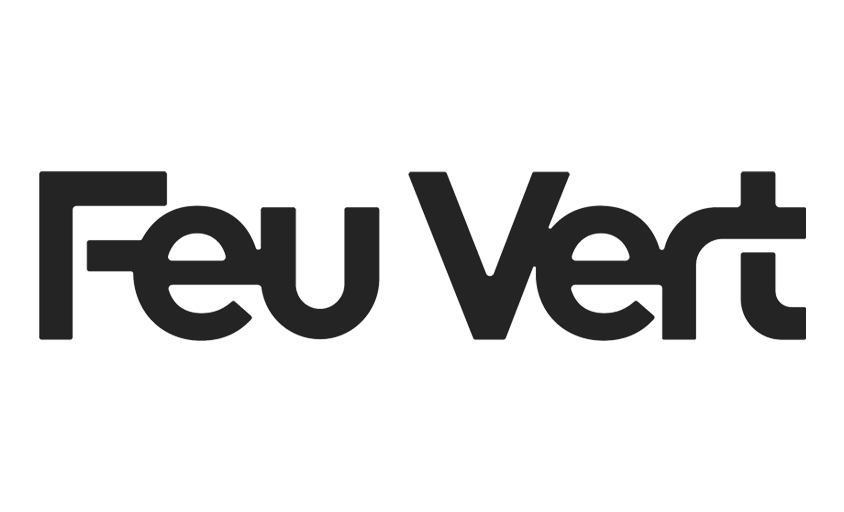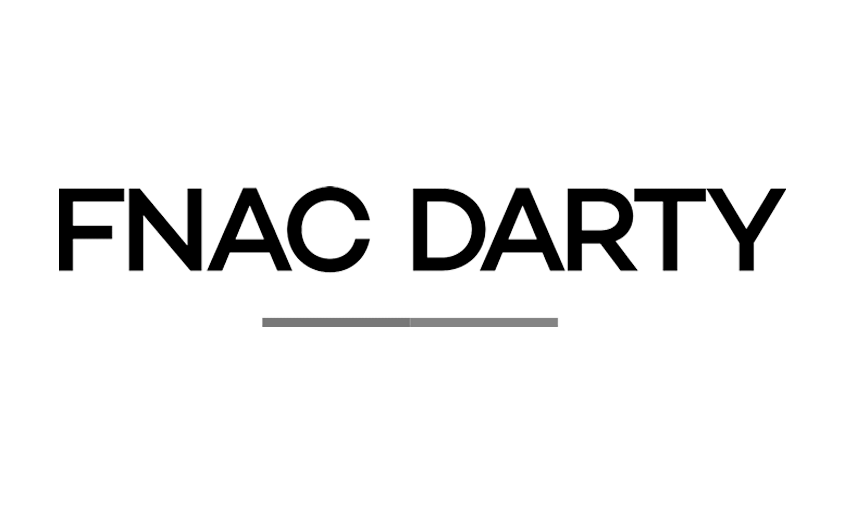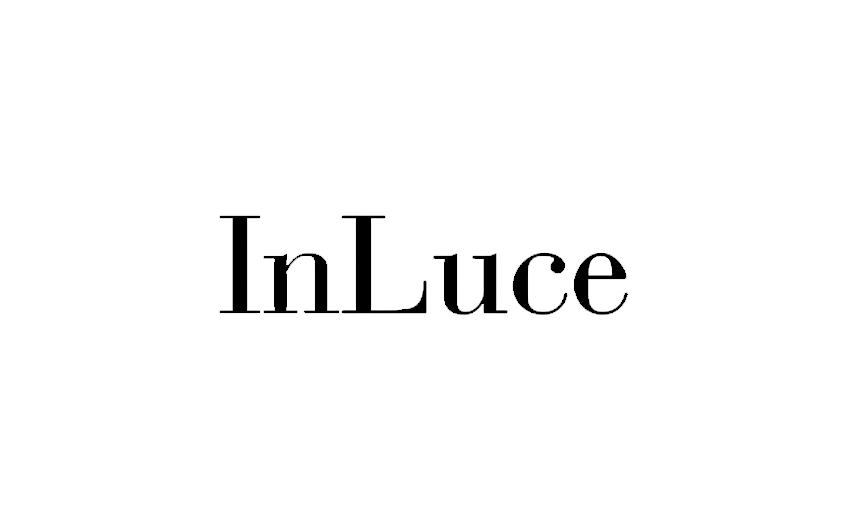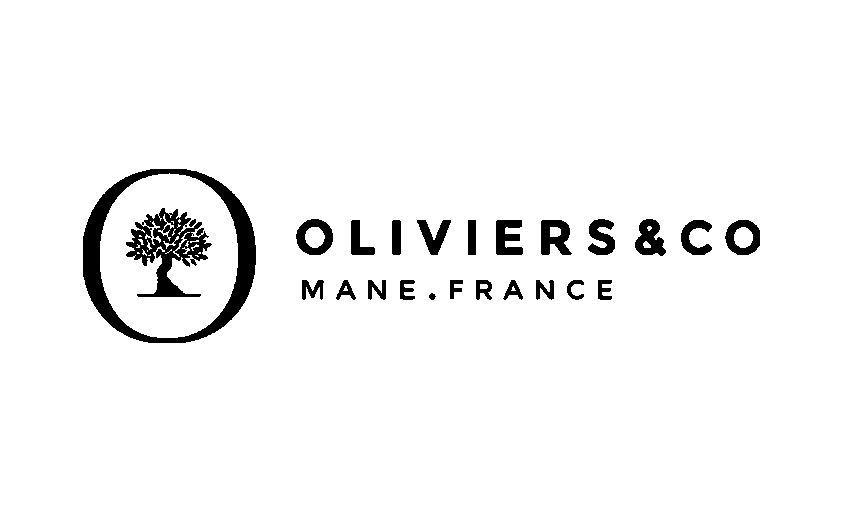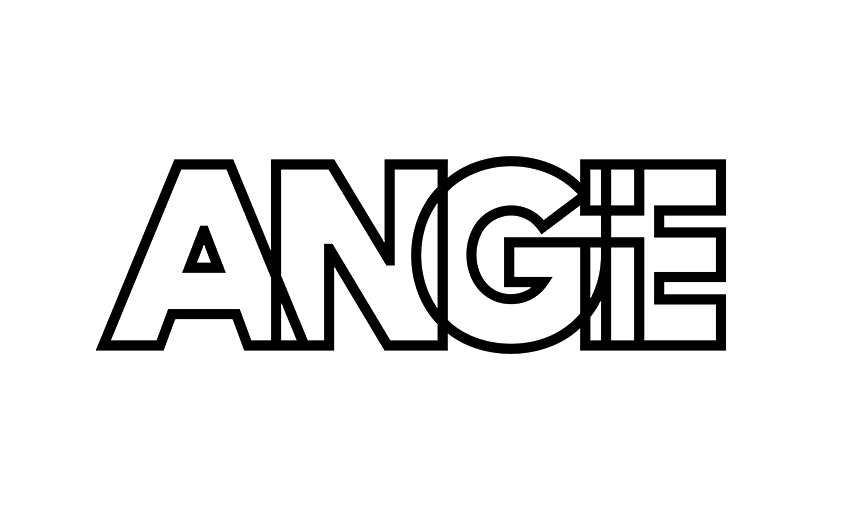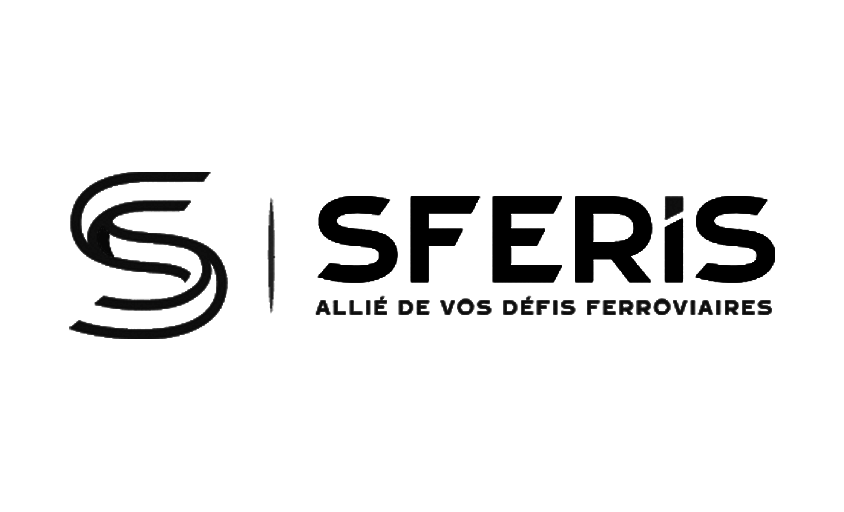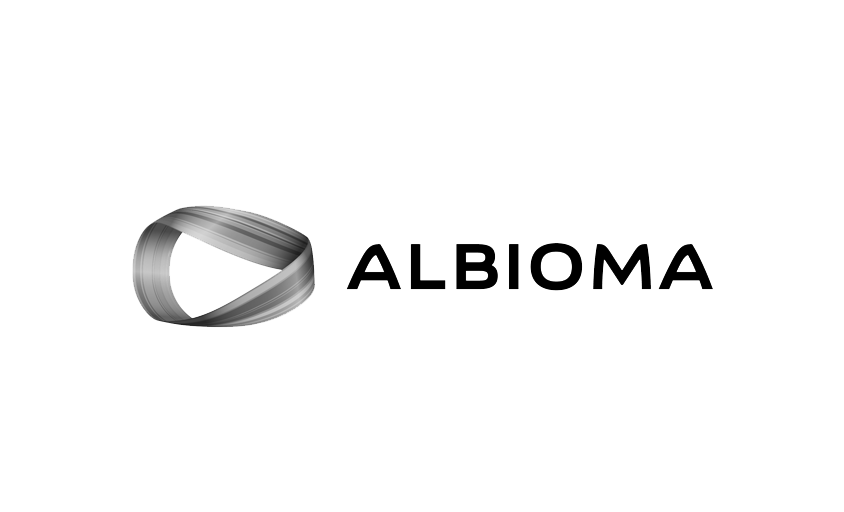What is the difference between a business introduction and an affiliate arrangement?
In this article :
When a company wants to rely on third parties to grow its business, it can consider different recommendation or promotion schemes. Two models are often used: a business introducer (like Rétines can do) and an affiliate program.
Both mechanisms involve paying for a lead or a sale, but their operation, contractual framework, and operational logic are very different. Here’s a detailed overview to clearly distinguish the two approaches.
1. Two logics, two profiles
The first distinction lies in how the contact is transmitted and who is involved in the conversion chain.
In a business introduction, the intermediary connects a company with a real, often qualified prospect, sometimes in a confidential context. It is a targeted, high-value, and often relationship-based approach. The introducer knows both the prospect’s needs and the service provider’s offer, acting as a direct link. This can be an independent professional, a partner, or a trusted prescriber.
Affiliate marketing works differently: the intermediary distributes a tracked link (usually online) to drive traffic to a merchant site. There is no direct knowledge of the buyer. The action is purely marketing-oriented: the affiliate’s role is to optimize visibility and encourage clicks. The model is therefore mass-market, automated, and relies on conversions through digital tools.
2. Compensation and triggers
In business introductions, the commission is paid only if the lead results in a sale or contract. It can be fixed, proportional, or progressive according to the terms defined in the contract. This payment is often one-time but can also be recurring in some sectors (subscriptions, long-term contracts). The company and the introducer define together the calculation methods and triggering conditions.
In affiliate programs, the system is standardized: compensation is often automatically calculated based on clicks, leads, or generated revenue. Common models include:
- Pay per click (CPC)
- Pay per lead or completed form (CPL)
- Pay per sale (CPA)
The payment per action is usually low, but volume makes it profitable over time.
3. Contractual framework and obligations
Business introductions rely on a customized contract. It defines the rights and duties of the introducer, the scope of their action, confidentiality clauses, compensation terms, and the validity period of the leads. The relationship is formalized to prevent misunderstandings. The introducer must have a legal status allowing them to issue invoices and may be responsible for the quality of the leads provided.
Affiliation is usually governed by standardized general conditions, implemented by specialized platforms (like Awin, TradeDoubler, or in-house programs). The contract is minimally customizable, and the affiliate must follow platform rules: no click fraud, restricted use of certain expressions, and no damage to the brand’s image. The relationship is tightly regulated but impersonal.
Conclusion
Business introductions and affiliate marketing are two different growth levers, each with strengths and limitations. Business introductions rely on network quality and precise recommendations. They are a relational lever, often used in B2B sectors, high-value services, or bespoke offerings. Affiliation, on the other hand, is a digital marketing tool designed for volume, visibility, and algorithmic optimization.
For a company, the choice between the two depends on its business model, its ability to manage partner relationships, and the type of clients it targets. For an intermediary, the logic differs as well: being a business introducer requires deep knowledge of contacts and careful support, while being an affiliate focuses more on marketing, SEO, or digital acquisition skills. Both models can coexist, but they target different profiles and contexts.
Jérémy Carlo is the editorial director at Rétines, where he ensures the consistency and clarity of all content produced by the studio.
Our Clients
Let’s discuss
What we do for you at Rétines
Meticulous work, an organised project and fast delivery. And to achieve this, we mobilise the right resources in our teams at the right time.
01
Pre-production
Artistic and technical direction tailored to the project.
Relevant recommendations on content, form and resources.
02
Photo Shooting
Photos taken by our experienced photographers.
Production that’s controlled, efficient and tailored to the needs of the project, with nothing superfluous.
03
Retouching
Technique
Photographs magnified by our retouching team.
Post-production to meet the commercial challenges of the brief.

